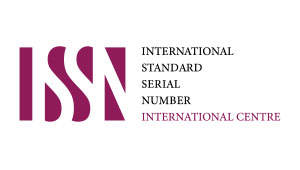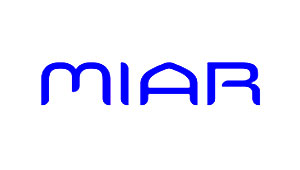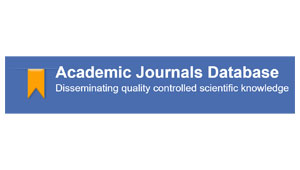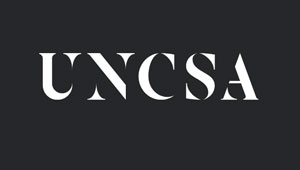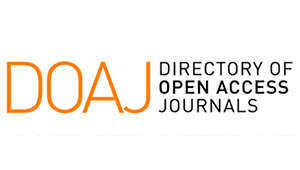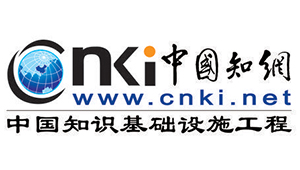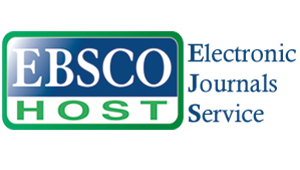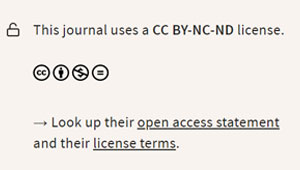Luis Alberto Manuel Garrido Schaeffer
DOI: https://doi.org/10.59427/rcli/2025/v25cs.16-24
AThis study aims to analyze the relationship between Internet connectivity and the educational inclusion of children in the district of San Juan de Lurigancho, in order to determine how access, speed, and equity in connectivity impact student participation and continuity in virtual learning environments. The research followed a quantitative approach, applied type, correlational level, and non-experimental design. A structured questionnaire was administered to 85 participants through a census sampling method. Instrument reliability was verified using Cronbach’s Alpha, yielding values of 0.882 for the “Internet Connectivity” variable and 0.798 for “Educational Inclusion.” The Spearman’s Rho coefficient was used for the correlation analysis. 64% of respondents strongly agreed that there are limitations in Internet connectivity, while 56% acknowledged barriers to educational inclusion. A strong and statistically significant positive correlation was found between the two variables (r = 0.871, p = 0.000), indicating that better connectivity enhances educational inclusion in digital contexts. There is a direct relationship between equitable Internet access and educational inclusion. Strengthening digital infrastructure, reducing geographic and socioeconomic gaps, and developing comprehensive public policies are essential to promote equity and quality in virtual education for children.
Pág 16-24, 04 Jun

